Street Skateboards
Street skateboarding is perhaps the most popular form of skateboarding, and street skateboards are designed for performing flips, grinds, and other tricks on hard surfaces. Street skateboards are typically shorter and narrower than other types of skateboards, making them highly maneuverable. They feature a concave shape that provides extra grip and control when performing tricks, and they have small, hard wheels that are ideal for quick acceleration.
When selecting a street skateboard, it is important to choose one that is the right size for you. If you are a beginner, a smaller skateboard may be easier to control, while more experienced skateboarders may prefer a larger board for added stability. Additionally, the type of trucks (the metal parts that attach the wheels to the board) and wheels you choose can make a significant difference in performance. For example, wider trucks provide greater stability, while smaller wheels are better for performing tricks.
Cruiser Skateboards
Cruiser skateboards are designed for cruising around town, commuting, and general transportation. They are longer and wider than street skateboards, providing a more stable ride, and they have larger, softer wheels that provide a smoother ride over rough surfaces. Cruiser skateboards typically have a flat or slightly curved shape that is more comfortable for longer rides, and they often feature kicktails, which allow for easier turning and maneuvering.
When selecting a cruiser skateboard, it is important to consider the size and shape of the board. Larger boards are typically more stable, but they may be more difficult to maneuver in tight spaces. Additionally, the type of wheels you choose can make a significant difference in performance. Softer wheels provide a smoother ride, while harder wheels are better for faster speeds.
Longboards
Longboards are similar to cruiser skateboards, but they are longer and wider, making them ideal for cruising and carving. They are designed for high-speed riding and can be used for downhill racing, sliding, and freeriding. Longboards typically feature a flat or slightly curved shape that provides stability and maneuverability, and they have large, soft wheels that provide a smooth ride over rough surfaces.
When selecting a longboard, it is important to choose one that is the right size for you. Longer boards are typically more stable at high speeds, but they may be more difficult to maneuver in tight spaces. Additionally, the type of trucks and wheels you choose can make a significant difference in performance. Wider trucks provide greater stability, while smaller wheels are better for performing tricks.
Downhill Skateboards
Downhill skateboarding is an extreme sport that involves riding downhill at high speeds. Downhill skateboards are designed for stability and speed, and they typically feature a longer, wider shape that provides more stability at high speeds. They also have larger, harder wheels that provide maximum speed and grip on pavement. Downhill skateboards often have a drop-through design, in which the trucks are mounted through the deck, lowering the center of gravity and providing greater stability.
When selecting a downhill skateboard, it is important to choose one that is the right size for you. Longer boards are typically more stable at high speeds, but they may be more difficult to maneuver in tight spaces. Additionally, the type of trucks and wheels you choose can make a significant difference in performance. Wider trucks provide greater stability, while smaller wheels are better for performing tricks.
Freestyle Skateboards
Freestyle skateboarding is a style of skateboarding that involves performing tricks and maneuvers on flat surfaces. Freestyle skateboards are designed for maneuverability and control, and they typically feature a shorter, narrower shape that is highly maneuverable. They also have smaller, harder wheels that provide maximum grip and control when performing tricks.
When selecting a freestyle skateboard, it is important to choose one that is the right size for you. Smaller boards are typically more maneuverable, while larger boards provide greater stability. Additionally, the type of trucks and wheels you choose can make a significant difference in performance. Wider trucks provide greater stability, while smaller wheels are better for performing tricks.
Old School Skateboards
Old school skateboards are a throwback to the early days of skateboarding, and they typically feature a wider, more curved shape that is reminiscent of the boards used in the 1970s and 1980s. Old-school skateboards are designed for cruising and carving, and they often feature a kicktail for easier maneuvering. They also have larger, softer wheels that provide a smooth ride over rough surfaces.
When selecting an old school skateboard, it is important to consider the size and shape of the board. Larger boards are typically more stable, but they may be more difficult to maneuver in tight spaces. Additionally, the type of wheels you choose can make a significant difference in performance. Softer wheels provide a smoother ride, while harder wheels are better for faster speeds.
Skateboard Materials
Skateboards are typically made from wood, plastic, or a combination of both materials. Wood skateboards are the most common, and they are typically made from maple, birch, or bamboo. Wood skateboards are durable and provide a natural feel, but they are also heavier than plastic skateboards. Plastic skateboards are lightweight and often more affordable than wood skateboards, but they may not provide the same level of durability and performance.
When selecting a skateboard material, it is important to consider your riding style and preferences. Wood skateboards are ideal for those who prefer a natural feel and durability, while plastic skateboards are better for those who prioritize affordability and lightweight.
How to Choose the Right Skateboard Type for You
Choosing the right skateboard type can be a daunting task, especially for beginners. When selecting a skateboard, it is important to consider your riding style, skill level, and preferences. If you are a beginner, a cruiser or longboard may be the best option, as they provide stability and a smooth ride. If you are more experienced and interested in performing tricks, a street skateboard may be the best option, as it is designed for maneuverability and control.
Additionally, it is important to consider the size and shape of the board, as well as the type of trucks and wheels. Choosing the right size and shape can make a significant difference in stability and maneuverability while selecting the right trucks and wheels can impact performance.
Skateboard Maintenance and Care
To ensure the longevity and performance of your skateboard, it is important to properly maintain and care for it. This includes regularly cleaning the board, checking and tightening the trucks and bolts, and replacing worn-out wheels and bearings. It is also important to store your skateboard in a cool, dry place to prevent warping and damage.
In conclusion, there are numerous types of skateboards available, each with its own unique features and purpose. Understanding the different types of skateboards can help you choose the best one for your needs and preferences. Whether you are a beginner or an experienced skateboarder, selecting the right skateboard can make a significant difference in performance and enjoyment.
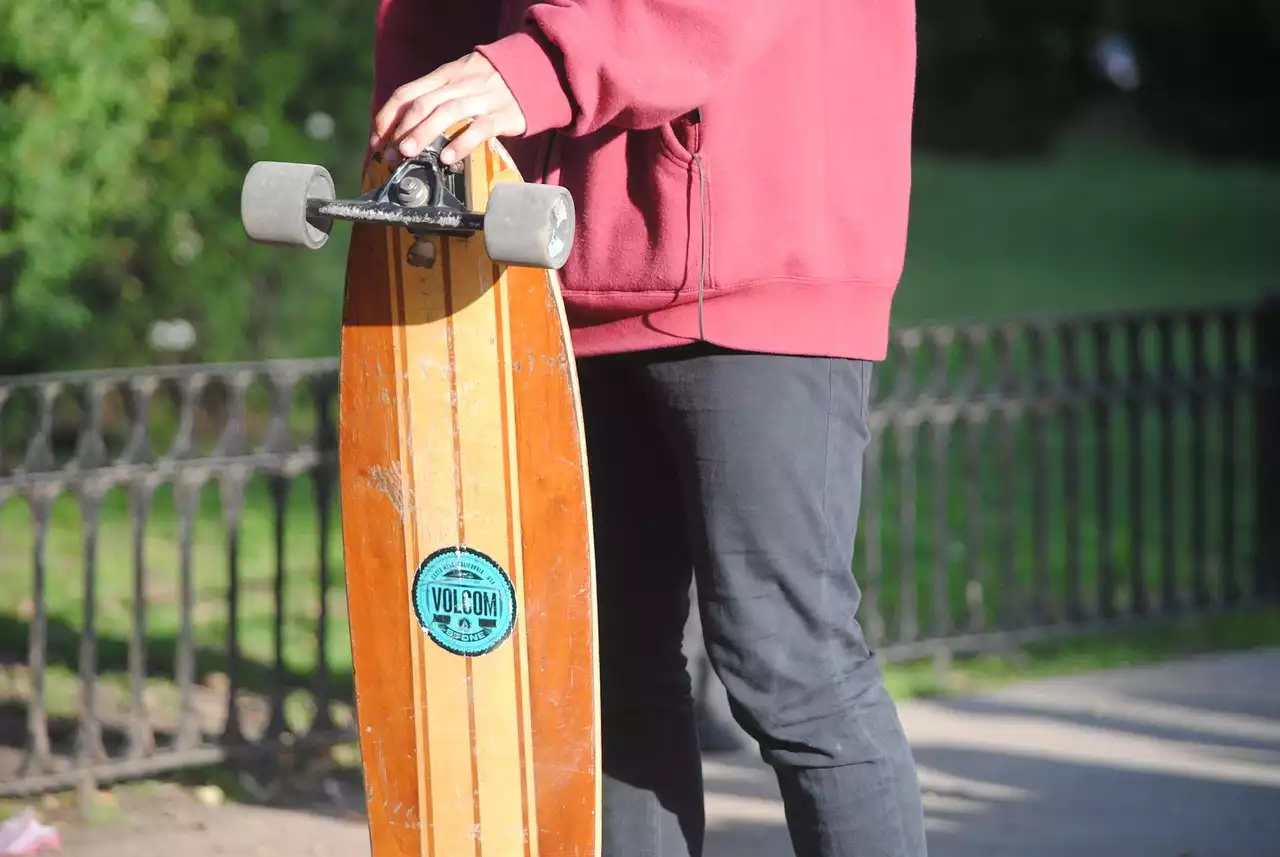
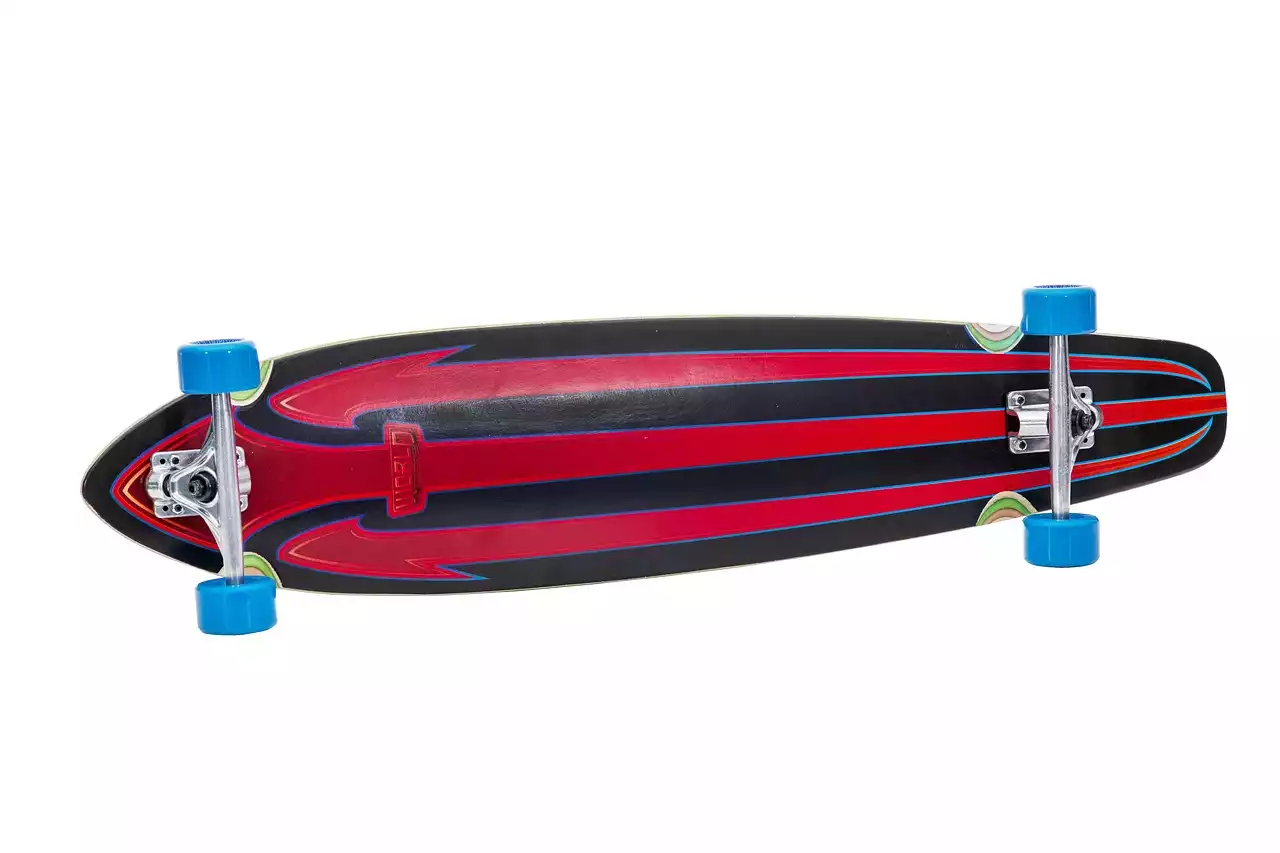
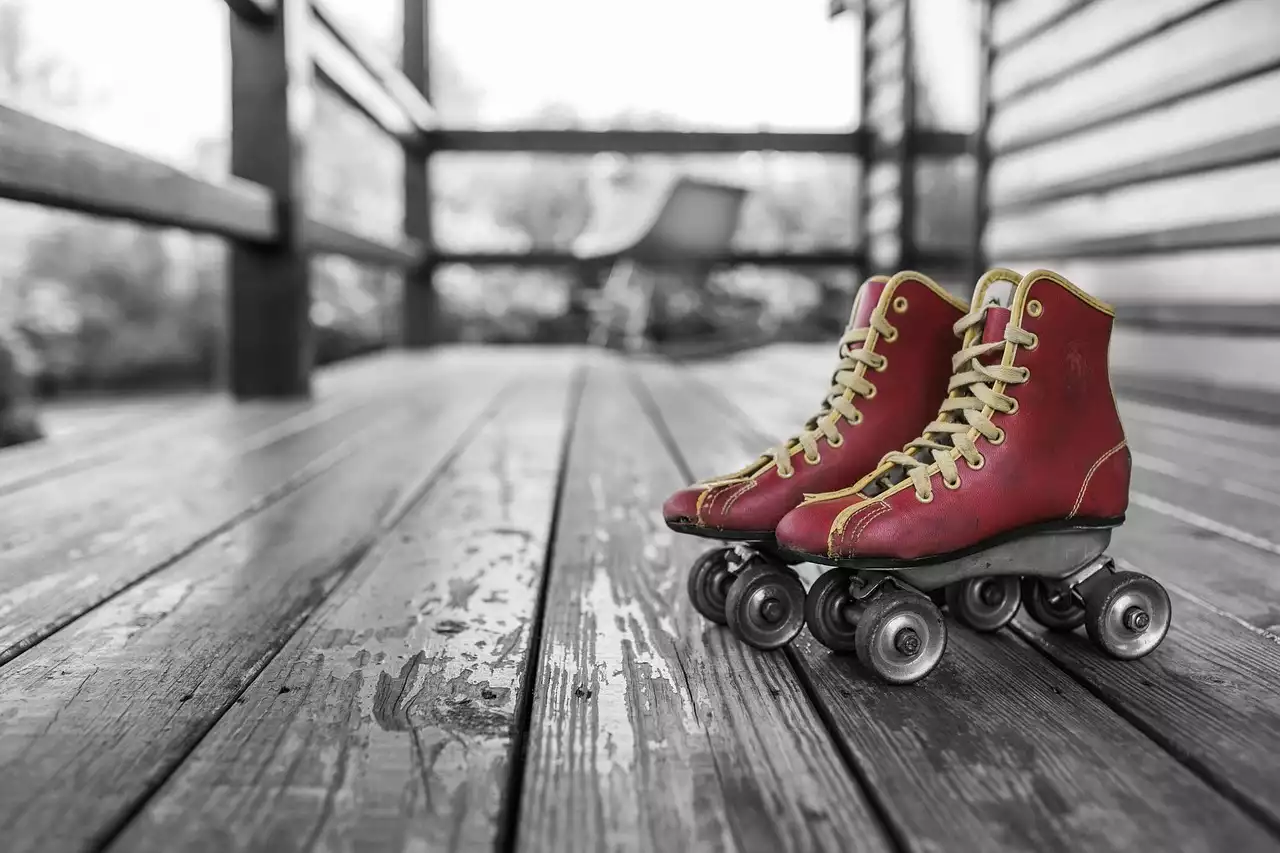
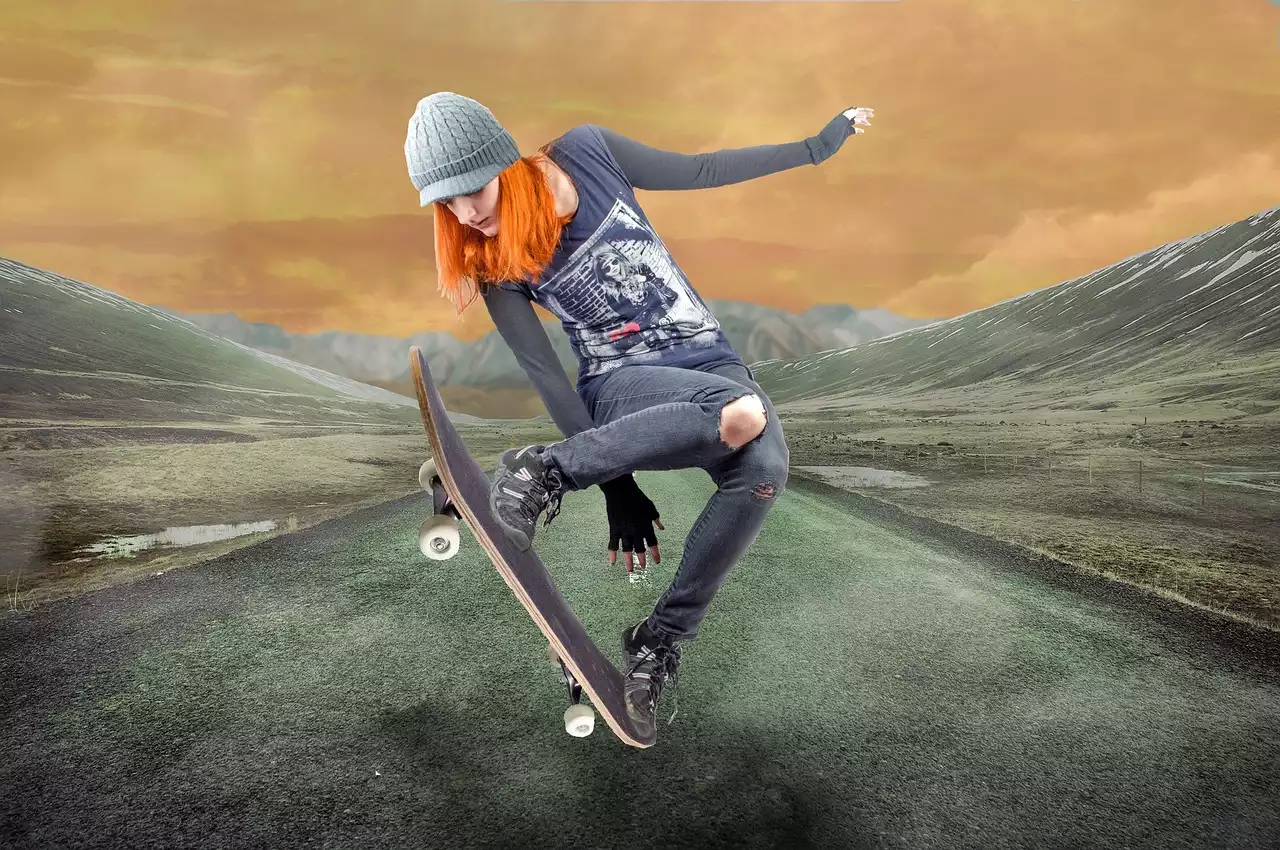
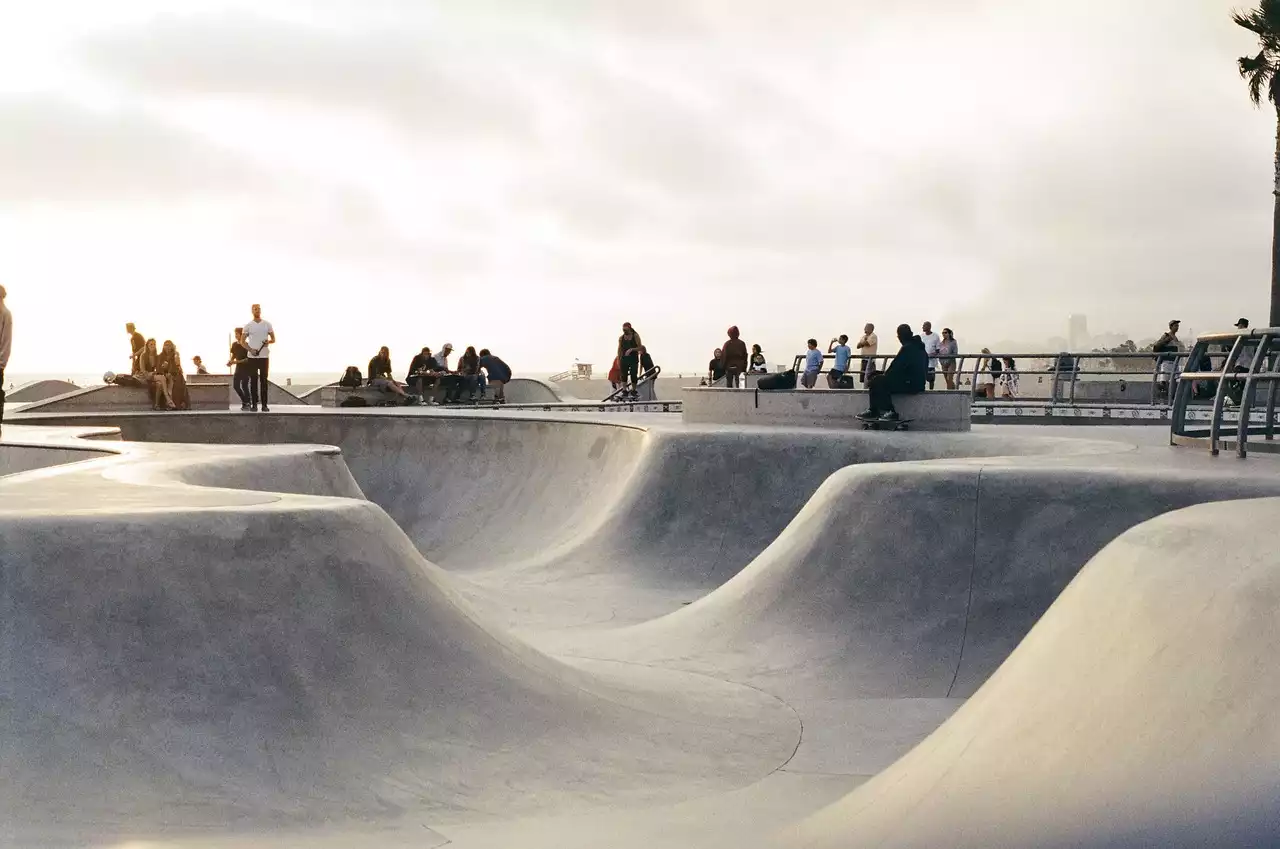
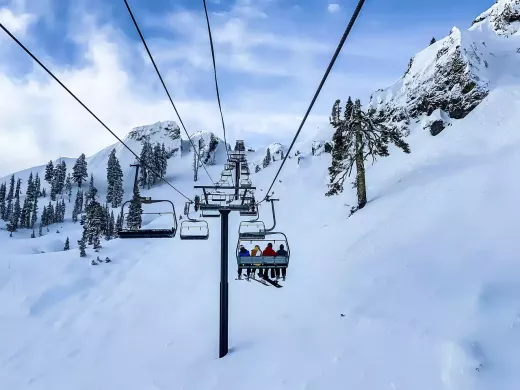
.png?size=50)



